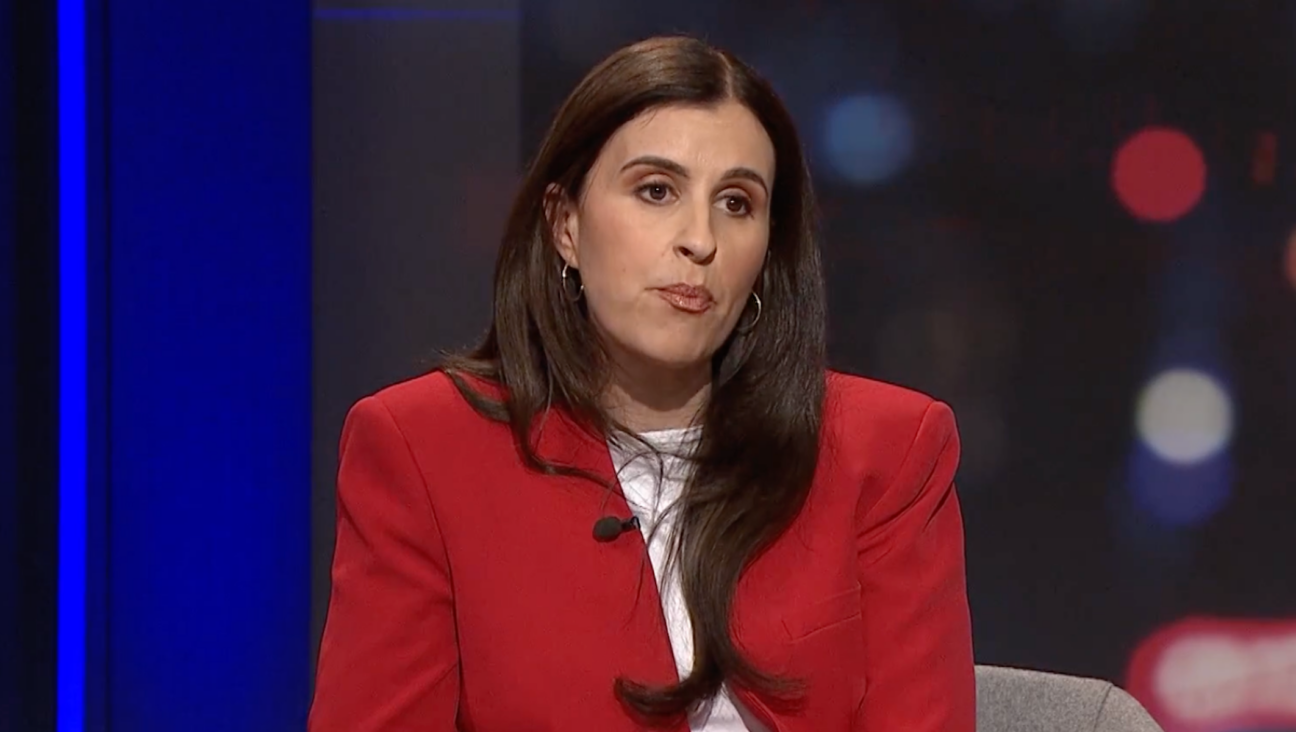Can Prayer Help Us Heal? Doctors Say Yes.

Image by iStock
As the medical director of the Pittsburgh Steelers and a world-class neurosurgeon, Dr. Joseph Maroon has seen his share of frightened patients. And he’s found that the most effective way to calm down a patient before surgery is to pray.
If a patient is willing, Dr. Maroon will take his or her hand and quietly says, “Today is the day the Lord hath made. Let us rejoice and be glad in it. And with the Lord’s help, let’s get you back to your health, your family, and your life.”
The prayer only takes thirty seconds, but its results are profound. Dr. Maroon can see the stress melting away in the patient. And after surgery, the most common comment that he gets is, “You know, Doctor, I just want to thank you for saying that prayer.”
Dr. Maroon has good medical reasons for calming his patients before they are wheeled into the operating room. Patients facing surgery often have sky-high levels of cortisol, the stress hormone. And high cortisol levels can reduce wound healing, prolong hospital stays and increase complications.
In fact, cortisol is dangerous to every aspect of your health, including your brain health. Quick spurts of cortisol provide energy for emergencies, so that you can run from a saber-tooth tiger or meet that insane deadline. But prolonged exposure to excessive cortisol will corrode your brain.
Scientists at the Yale Stress Center found that people with high levels of cumulative stress lose grey matter, shrinking their brain volume in key regions. The scientists noted that shrunken brains are less able to process information and control emotions and impulses. And Swedish researchers who tracked 1,415 women over 35 years concluded that high stress raises dementia risk by an astonishing 65 percent.
Since life is stressful, it’s good to know that prayer can help. MRI brain scans have shed light on the scientific underpinning of prayer’s power. When people pray, the regions of the brain dealing with self-reflection and self-soothing light up, while the regions linked to taking action are quieted. Prayer also stimulates the release of “happy hormones” like oxytocin that inspire feelings of trust and belonging.
“Prayer is one of the greatest stress reduction techniques,” said Dr. Pamela Wartian Smith, the founder and Medical Director of the Center for Personalized Medicine in Grosse Point, Michigan. “Prayer helps you let go and let God — whatever religion you may be.”
While private prayers offer calm and comfort, prayers in a faith community bring huge additional benefits. People who pray together forge strong bonds that help them navigate the storms of life. Numerous studies have found that loneliness is a killer and that people who regularly attend religious services are more optimistic, enjoy better health and live longer.
Dan Buettner chronicled the habits of people in the Blue Zones, the areas of the world with the most people who live to be 100 or older. There’s only one Blue Zone in the United States — the section of Loma Linda, California that’s home to a Seventh-Day Adventists community. Like their Blue Zone counterparts in Okinawa, Sardinia, Ikaria and Nicoya, the Seventh-Day Adventists eat a healthy diet, incorporate exercise into their daily routines, have strong families and pray together.
“What’s the significance of the family unit and prayer and belief, when it comes to living over a hundred? They all reduce stress,” Dr. Maroon told me.
Nothing is more stressful than the death of a loved one, and the Jewish ritual of mourning embodies the healing power of communal prayer. Mourners must recite the Kaddish prayer, but the prayer can only be said with a quorum. So the community surrounds the mourner, providing companionship, support, food, help with daily tasks, and love. Instead of the crushing burden of grieving alone, the mourner connects with friends, family, and community in a prayer ritual that helps the stress hormones subside and eases the slow return to normal life.
When prayer is set to music, the brain circuits really start humming. Singing unleashes a joyful cascade of activity in the brain, invigorating networks that promote planning, organization, memory, language, motor skills and listening. Singing also releases dopamine, the feel-good chemical, thereby encouraging healthy emotions like bonding and empathy. According to Professor Sarah Wilson of the University of Melbourne, singing is a form of natural therapy that lifts our mood, gives our brain networks a workout, and provides substantial neuro-protective benefits. So joining your local choir is not only fun, but it also boosts your brain health.
My own fascination with the brain has grown since my husband’s stroke six years ago. I try to learn everything I can to help him, and I’ve come to appreciate the soothing power of prayer. My husband prays more than he used to, and so do I. As I’ve learned more about the neural havoc caused by stress, I’m grateful for the solace that I find in prayer and through singing and songwriting. We need to be good to our brains so they can be good to us.
Perhaps one of the most important gifts of prayer is that it awakens us to a sense of gratitude. “Your brain actually changes when you express and act on your feelings of gratitude,” said Dr. David Perlmutter, the author of Brain Maker. “I think gratitude is the antidote to the detrimental effects of stress.”
Our great-grandparents understood the power of prayer because they experienced it as part of their daily lives. But somehow, in our time, we may feel self-conscious or even embarrassed about praying; it may feel too retrograde.
“When I give talks about brain health, I speak about the power of prayer and spirituality,” Paul Nussbaum, Ph.D., a clinical neuropsychologist at the University of Pittsburgh School of Medicine, told me. “And afterward, people will come over to me and whisper, ‘Thank you for talking about a Higher Being and prayer.’”
Why whisper? Prayer is good for the brain, and in these stressful times, our brains need all the help they can get.

















